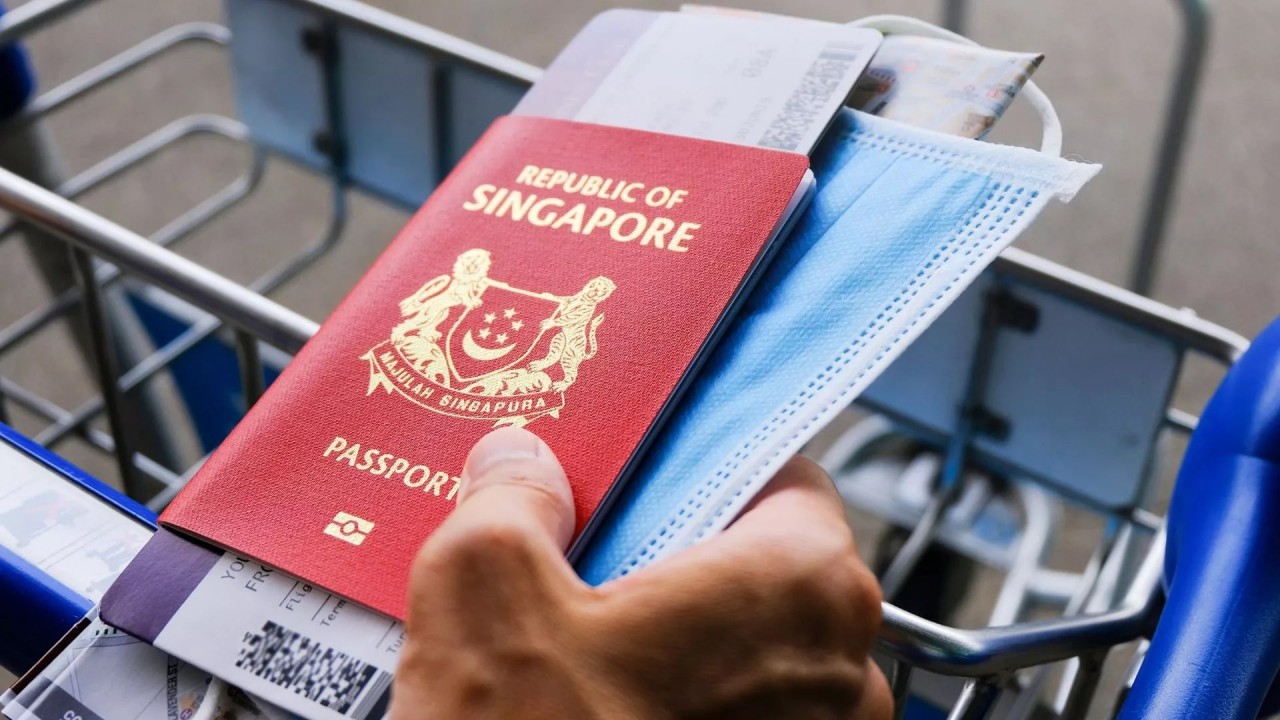Discover The Charming Beauty of Deepest Volcano Lake in Central America
Located in the department of Sololá, Lake Atitlán is one of the most visited tourist attractions in Guatemala, and was nominated as one of the seven wonders of the world. It is considered to be the most beautiful lake in the world, and it is also conceived as one of the most unique places. The lake has an area of 130 km2, and the color of its waters varies from deep blue to green. The lake, formed approximately 84,000 years ago as a result of a volcanic eruption, is 1,500 meters above sea level, with a length of 18 kilometers, and a depth of up to 341 meters, making it the deepest lake in Central America.
The hills and volcanoes around the lake offer dense forests, where hiking can be practiced without problems, allowing for the observation of a wide variety of birds, from the timid little woodpeckers, to the Quetzal, the National bird.
Atitlán means "between the waters". In the Nahuatl language, "atl" is the word for water, and "titlan" means between. The "tl" at the end of the word "atl" is dropped (because it is a grammatical suffix) and the words are combined to form "Atitlán".
How deep is Lake Atitlán?
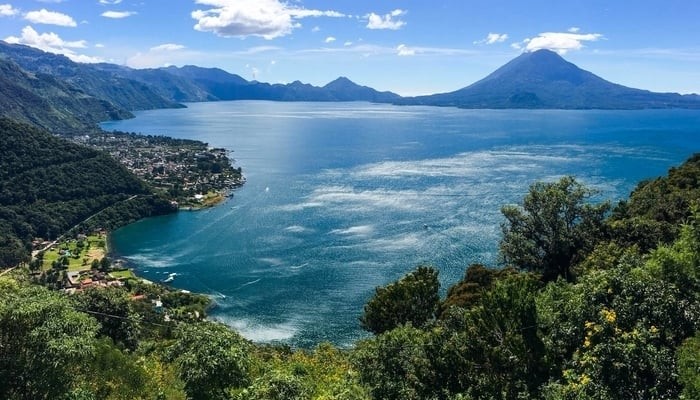 |
| Photo: CentralAmerica |
The lake has a maximum depth of about 340 metres (1,120 ft) and an average depth of 220 metres (720 ft). Its surface area is 130.1 km2 (50.2 sq mi). It is approximately 18 km × 8 km (11.2 mi × 5.0 mi) with around 20 km3 (4.8 cu mi) of water. Atitlán is technically an endorheic lake, feeding into two nearby rivers rather than draining into the ocean. It is shaped by deep surrounding escarpments and three volcanoes on its southern flank. The lake basin is volcanic in origin, filling an enormous caldera formed by an eruption 84,000 years ago. The culture of the towns and villages surrounding Lake Atitlán is influenced by the Maya people. The lake is about 50 kilometres (31 mi) west-northwest of Antigua. It should not be confused with the smaller Lake Amatitlán.
Lake Atitlán is renowned as one of the most beautiful lakes in the world, and is one of Guatemala's most important national and international tourist attractions. German explorer and naturalist Alexander von Humboldt called it "the most beautiful lake in the world," and Aldous Huxley famously wrote of it in his 1934 travel book Beyond the Mexique Bay: "Lake Como, it seems to me, touches on the limit of permissibly picturesque, but Atitlán is Como with additional embellishments of several immense volcanoes. It really is too much of a good thing."
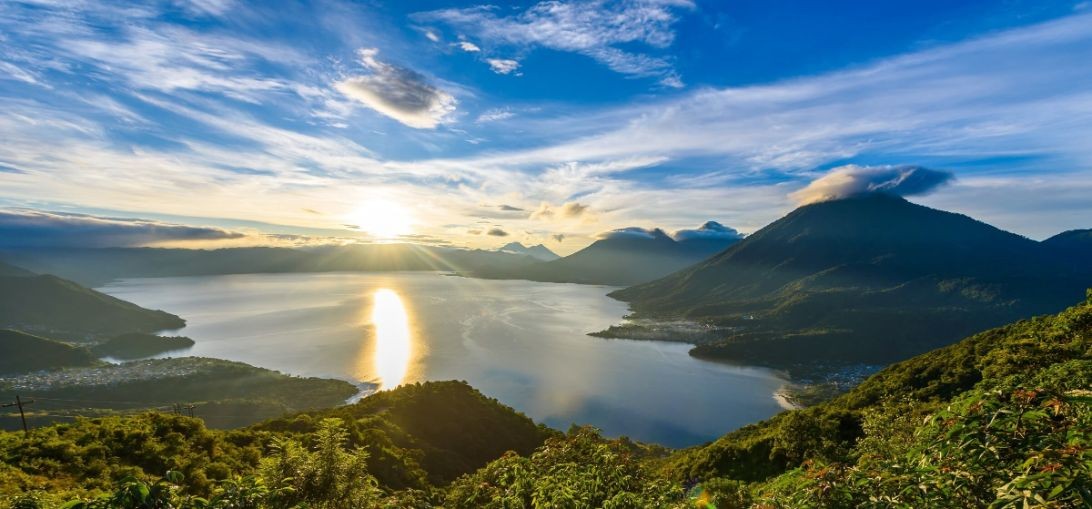 |
| Photo: Selina |
The biodiversity of Lake Atitlán
798 different plant species occur in the region, 61 of them are endemic. The rich biodiversity includes also animal species: 116 species of reptiles and amphibians, 12 species of them are endemic, such as the Salamander species Bolitoglossa franklini, B. flaviventris, B. flavimembris, B. engelhardtii and Oedipina stenopodia. and other species such as Arboreal Alligator Lizard (Abronia matudai) or Botriechis bicolor. In the RUMCLA live 30 % of lizards, 40 % of snakes, 36 % of amphibians registered in Guatemala, according to Global Nature Fund.
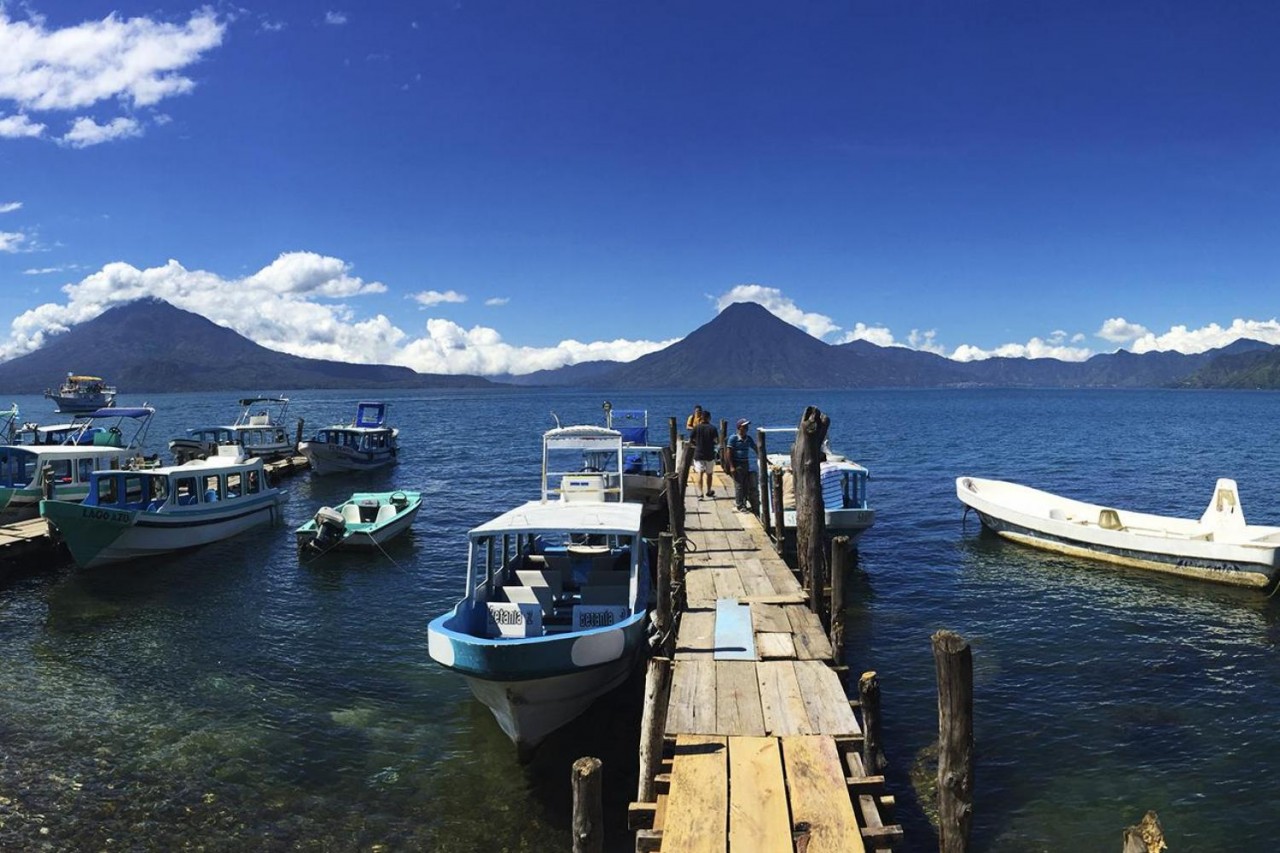 |
| Photo: Gray Line |
236 bird species are found there, 28 % of them are listed in the Red List of Threatened Species (67 in total), and 12 species are endemic or from restricted areas: Pink-headed Warbler (Ergaticus versicolor), Brown-backed Solitaire (Myadestes occidentalis), the national bird of Guatemala Resplendent Quetzal (Pharomachrus mocinno), Blue-throated Toucanet (Aulacorhynchus prasinus), Atitlan Grebe (Podylimbus gigas), Azure-rumped Tanager (Tangara cabanisi) and Horned Guan (Oreophasis derbianus). Many migratory birds use Lake Atitlán as a wintering ground: Pied-billed Grebe (Podylimbus podiceps), Ruddy Duck (Oxyura jamaicensis) and American Coot (Fulica Americana). Roadrunners (Geococcyx velox), which are typical for Xeric Associations occur in the region as well.
The unique biodiversity is also reflected in the occurrence of mammals. From the 141 species found there, 7 are endemic: Guatemalan Deer Mouse (Peromyscus guatemalensis), Black-handed Spider Monkey (Ateles geoffroyi) and Northern Tamandua (Tamandua mexicana). Many of the species mentioned before are listed in the Red Data Book, and 28 % of the total species of mammals (39 species) living in RUMCLA arelisted in the Red List of Species of the National Council of Protected Areas in Guatemala (CONAP).
Today three Mayan groups still live at Lake Atitlán: the K´iche´e live in the higher regions, the Kaqchikel in the North and the East, the Tz´utujil in the South. The old traditions have been preserved until today and exist in a religious syncretism with the Christian rituals established during the Spanish colonial time.
History of Lake Atitlán
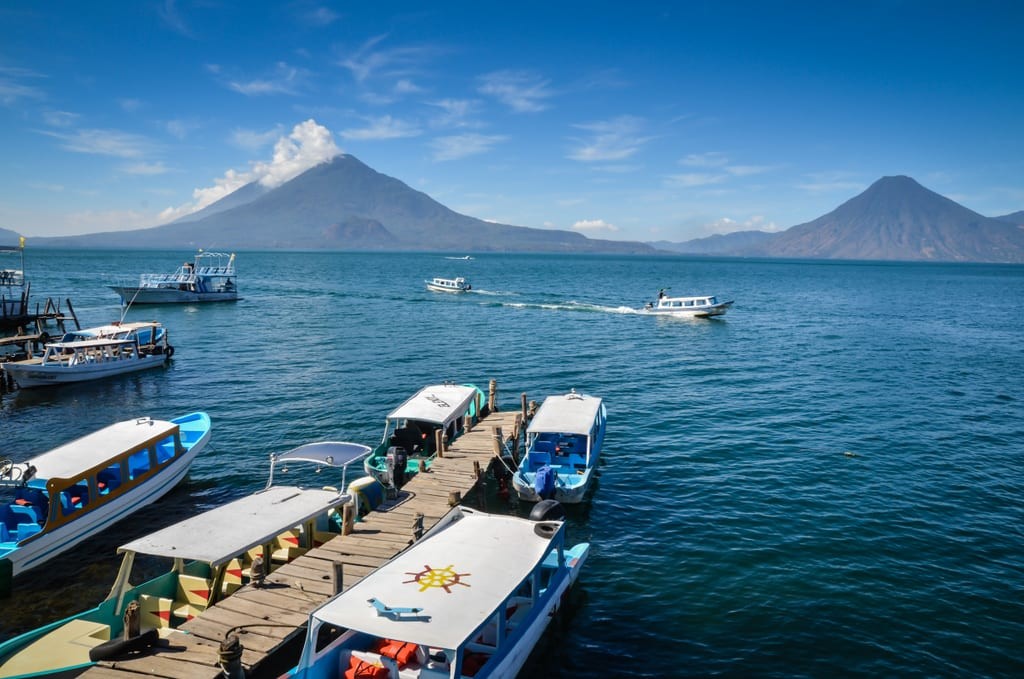 |
| Photo: Adventurous Kate |
In 1955, the area around Lake Atitlán became a national park. The lake was mostly unknown to the rest of the world, and Guatemala was seeking ways to increase tourism and boost the local economy. It was suggested by Pan American World Airways that stocking the lake with a fish prized by anglers would be a way to do just that. As a result, an exotic non-native species, the black bass, was introduced into the lake in 1958. The bass quickly took to its new home and caused a radical change in the species composition of the lake. The predatory bass caused the elimination of more than two-thirds of the native fish species in the lake and contributed to the extinction of the Atitlan grebe, a rare bird that lived only in the vicinity of Lake Atitlán.
A unique aspect of the climate is what is referred to as Xocomil (of the Kaqchickel language meaning "the wind that carried away sin"). This wind is common late morning and afternoon across the lake; it is said to be the encounter of warm winds from Pacific meeting colder winds from the North.
In August 2015 a thick bloom of algae known as Microcystis cyanobacteria re-appeared in Lake Atitlan; the first major occurrence was in 2009. Bureaucratic red tape has been blamed for the lack of action to save the lake. If current activities continue unchecked, the toxification of the lake will make it unsuitable for human use.
Where to go in Lake Atitlan, Guatemala
1. San Pedro
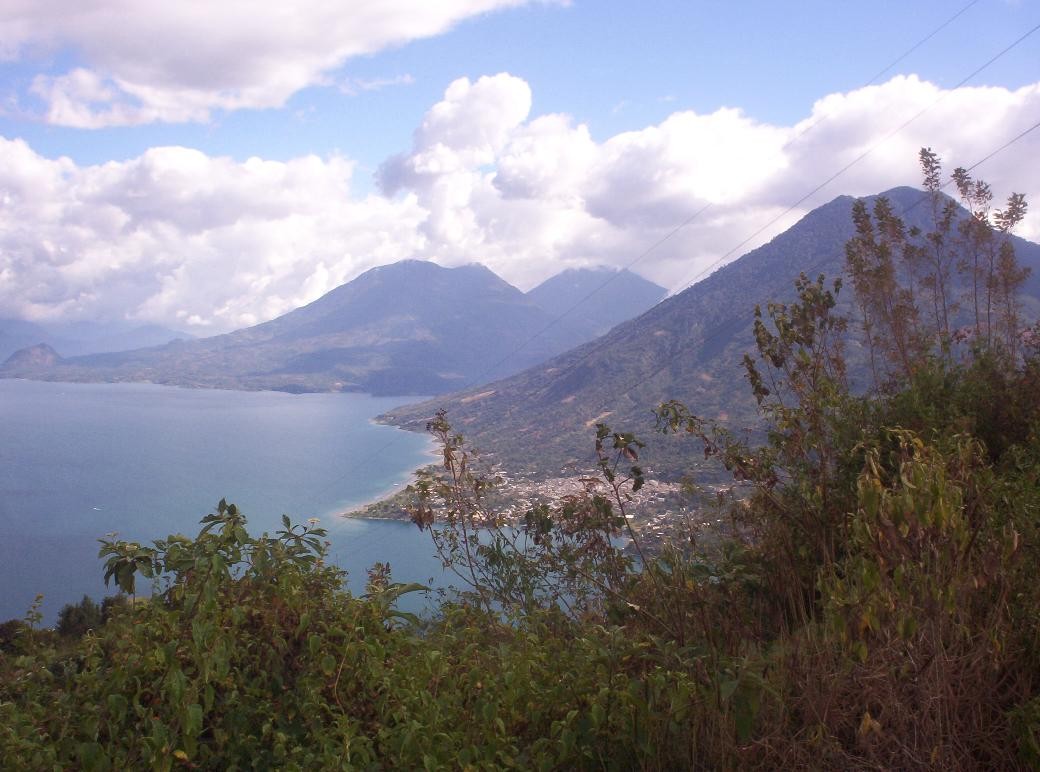 |
| Photo: Wikipedia |
San Pedro La Laguna is a Guatemalan town on the southwest shore of Lake Atitlán. For centuries, San Pedro La Laguna has been inhabited by the Tz'utujil people, and in recent years it has also become a tourist destination for its Spanish language schools, nightlife, and proximity to the lake and volcanoes.
Local crops include corn, beans, coffee, and avocado. Some women make belts, shawls, and skirts with a back strap loom. San Pedro graduates large numbers of teachers who work the Atitlán area. Activities for tourists include hikes to the top of the San Pedro volcano or the Mayan Face, studying Spanish, partying in the restaurant sector down by the lakeshore, volunteering, and learning local crafts.
San Pedro La Laguna is located on the southwestern shore of Lago de Atitlán. The town is located beneath Volcan San Pedro. This volcano towers over the lake at 9,905 feet and is an attraction for climbers and hikers. The town of San Pedro La Laguna sits on a plateau and has roads running down either side of a steep ridge towards docks on the lakeshore. The dock on the west side of the plateau is called muelle municipal and has boats arriving from and departing to the town of Panajachel. The east side has a dock named muelle santiago which has boats arriving from and departing to Santiago Atitlan. The east side is also home to la playa (the beach) where people enjoy snorkeling, canoeing, and kayaking, according to Wikipedia.
2. San Juan
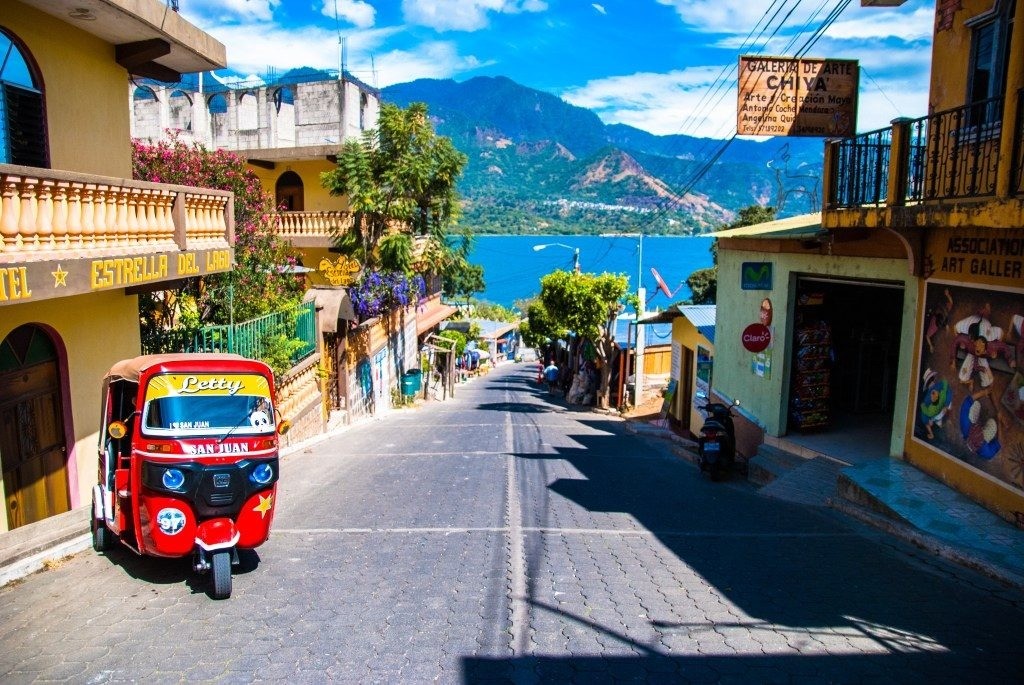 |
| Photo: rotas turisticas |
San Juan La Laguna is just 1.2 miles (2km) west by road from busy San Pedro, on a rise above a spectacular bay, but this neat, mellow village has escaped many of the excesses of its neighbor, and some travelers find it a more tranquil setting in which to study Spanish or experience local life. San Juan is special: the Tz'utujil inhabitants take pride in their craft traditions – particularly painting and weaving – and have developed their own tourism infrastructure to highlight their culture to outsiders, according to Lonely Planet.
Perhaps part of what makes it all run so well is the communal spirit: coffee growers, fishers, organic farmers, natural dyers and widows are among the like-minded groups who've formed cooperatives here.
As you wander around the village, you'll notice various murals depicting aspects of Tz'utujil life and legend.
3. San Marcos La Laguna
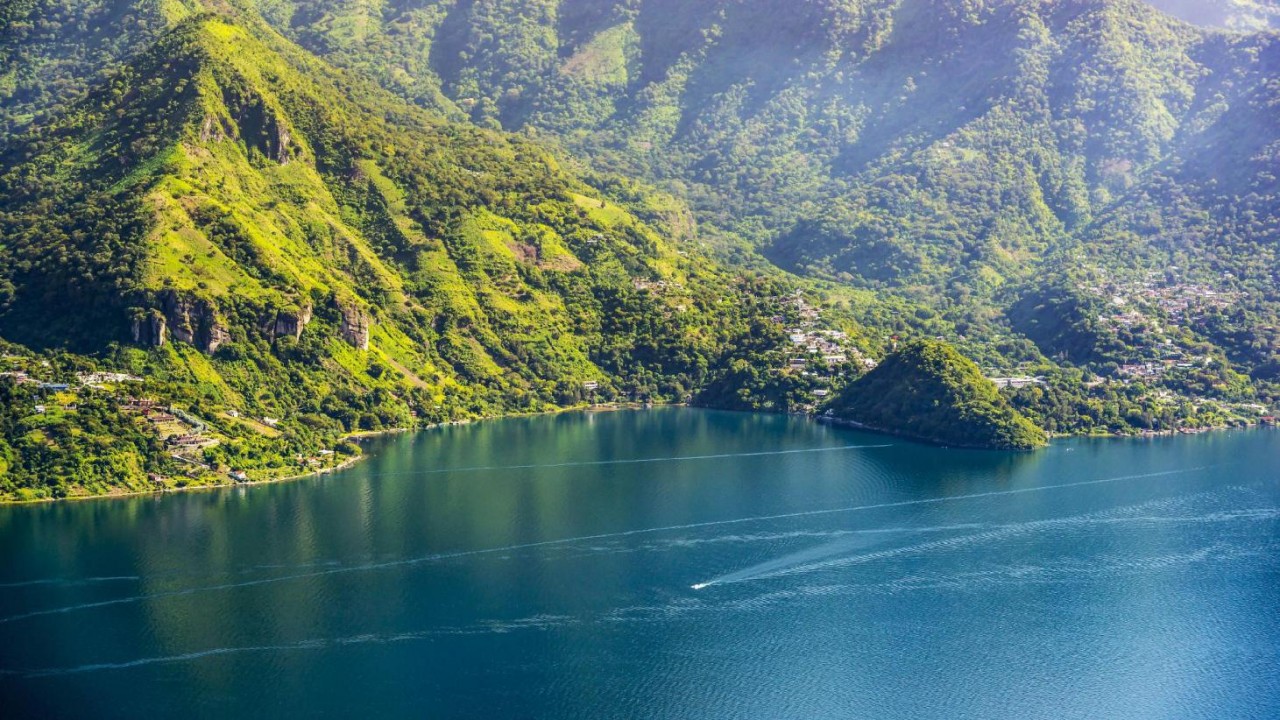 |
| Photo: Agoda |
One of the prettiest of the lakeside villages, San Marcos La Laguna lives a double life. The mostly Maya community occupies the higher ground, while expats and visitors cover a flat jungly patch toward the shoreline with paths snaking through banana, coffee and avocado trees. The two converge under the spreading matapalo (strangler fig) tree of the central plaza.
San Marcos has become a magnet for global seekers, who believe the place has a spiritual energy that's conducive to learning and practicing meditation, holistic therapies, massage, Reiki and other spiritually oriented activities. It's an outlandish mélange of cultures – evangelical Christians, self-styled shamans, Kaqchiquel farmers and visionary artists – against a backdrop of incredible natural beauty, according to Lonely Planet.
Whatever you're into, it's a great spot to kick back and distance the everyday world for a spell. Lago de Atitlán is beautiful and clean here, and you can swim off the rocks.
4. San Antonio Palopo
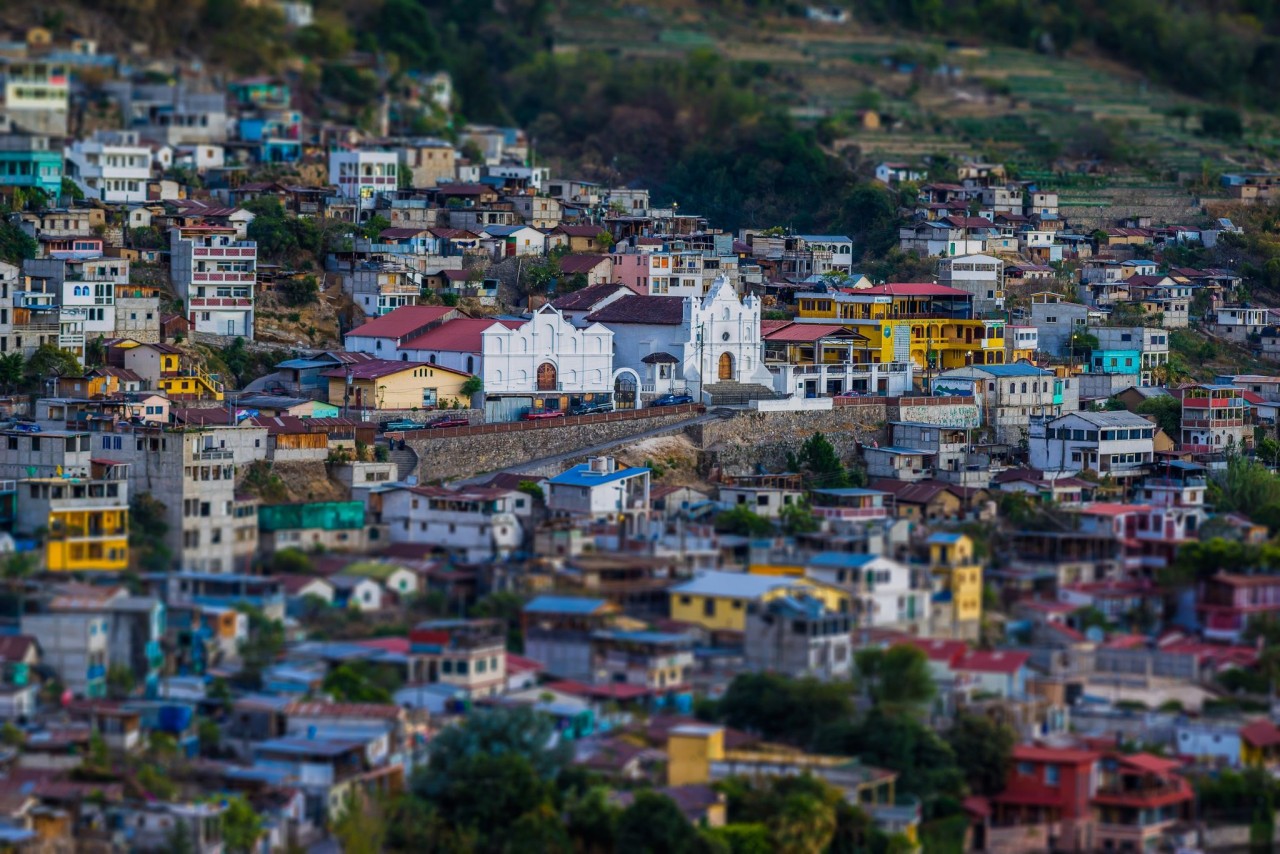 |
| Photo: Pinterest |
San Antonio Palopó is a municipality in the Sololá Department of Guatemala. The village is on the eastern shore of Lake Atitlán. The lowest elevation is 1,562 metres (5,125 ft) at the shoreline. The people of the region are Cakchiquel Maya with a distinctive style of clothing. The patron saint of the village is St. Anthony of Padua. The annual festival takes place on 13 June.
San Antonio Palopo is an authentic Mayan town on the shore of Lake Atitlán in the Western Highlands of Guatemala.
San Antonio Palopo has very few of the tourist trappings nor traffic. It's known for it's ceramics and it's beautiful but simple native dress (Traje). The villagers are cautious but will greet your smile with an even bigger one.
Though a laid back and simple Mayan village, San Antonio Palopo can service tourists nicely, if only a couple dozen at a time, cited by Wikitravel.
The typical way to get to San Antonio is from Panajachel. It is a 10 km trip on a decent road that winds along the lake. As there are lots of people that travel between (for example, San Antonio locals who sell their wares on the streets of Panajachel) there is a fleet of pickup trucks to take you to and from. They cost Q5 for the trip and run at least when it is light. Don't be surprised if you end up being the only non-local and not understanding what the others are saying -- because they will most likely be talking in Kachiquel, not Spanish.
The end of the line is in the center of town in front of the churches and public market. If you need to be somewhere else, you walk or take one of about three TukTuks which charge Q3 for a trip in town.
To find one of these pickups in Pana, head up Calle Principal toward the market. When you come to Chalo's Grocery on the right, go around the corner. The pickups will stop in front of the restaurant which is behind Chalo's. Make sure you ask about the destination as the pickups to Santa Catarina stop at the same place.
5. Panajachel
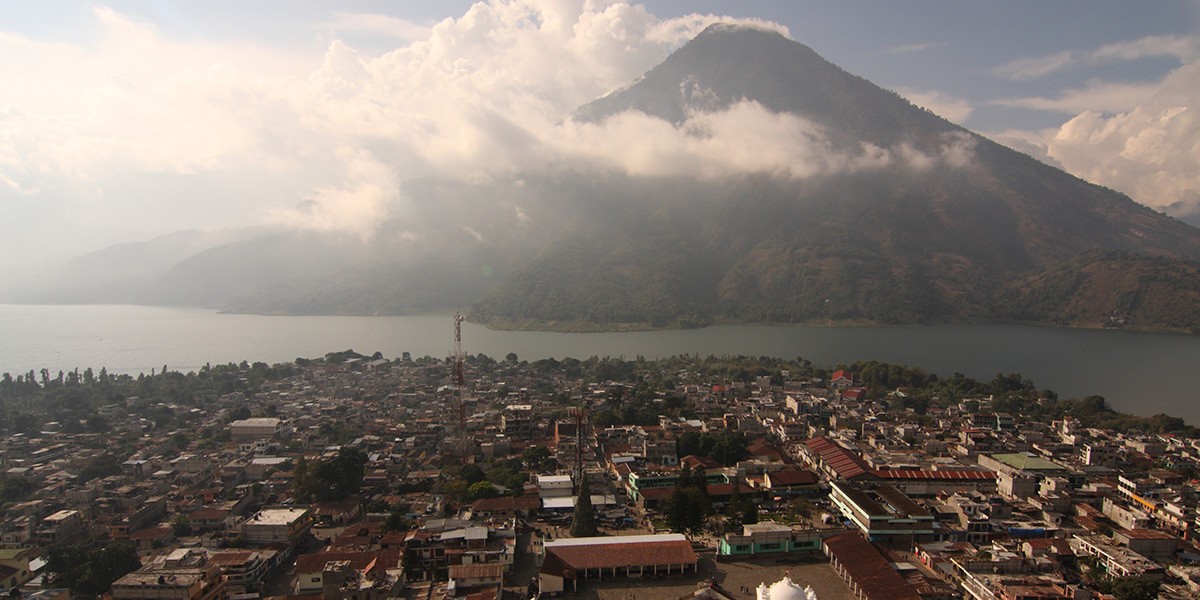 |
| Photo: Visit Centroamérica |
The busiest and most built-up lakeside town, Panajachel ('Pana') is the gateway to Lago de Atitlán for most travelers. Strolling the main street, Calle Santander – crammed with travel agencies, handicraft hawkers and rowdy bars, dodging tuk-tuks all the way – you may be forgiven for supposing this paradise lost.
Heading to the lake, though, gives a better idea of why Pana attracts so many visitors. Aside from the astounding volcano panorama, the town's excellent transportation connections, copious accommodations, varied restaurants and thumping nightlife make it a favorite destination for weekending Guatemalans, according to Lonely Planet.
Pana is an unexpectedly cosmopolitan crossroads in an otherwise remote and rural vicinity. This makes for a convenient transition into the Atitlán universe – but to truly experience the beauty of the lake, most travelers venture onward soon after arrival.
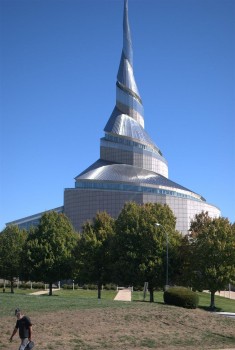 | Discover The Most Unusual and Stunning Architectures In The World From East to West, acient to modern, these architectures will amaze and astonish the visitors for its extraordinary structures. |
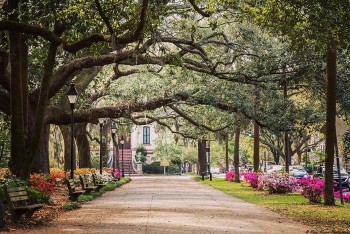 | Top 7 Best Weekend Getaways for November in US Weekends are for relaxation and getaway trips to enjoy your time away from the crowds and busy life. Check out these 7 best weekend getaways ... |
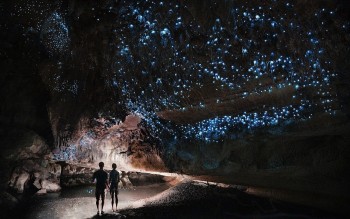 | Visit The Stunning “Glowing Galaxy” Inside The Sandstone Canyon Every year, tourists from all over the world come to Dismal Canyon, a sandstone gorge located in Alabama to witness the marvelous natural light show ... |
Recommended
 Travel
Travel
Strategies for Sustainable Growth of Vietnam’s Tourism from International Markets
 Travel
Travel
Vietnam Strengthens Its Presence On The Global Tourism Map
 Multimedia
Multimedia
Phong Nha-Ke Bang National Park Named Top Adventure Travel Site
 Travel
Travel
Vietnam Welcomes Record-High Number of International Visitors
Popular article
 Travel
Travel
Luxury Train From Hanoi To Hai Phong To Be Launched In May
 Travel
Travel
Phong Nha Named Top Budget-Friendly Travel Destination for Spring 2025: Agoda
 Travel
Travel
Four Indian Films Introduced to Lao Cai Audience
 Travel
Travel






